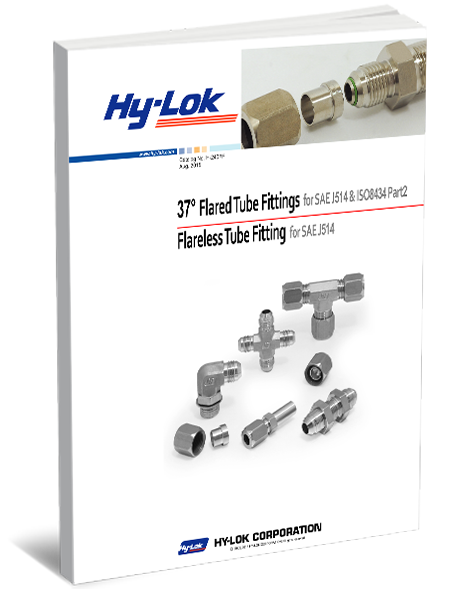Hydraulic systems transport liquids and oils through a collection of interconnected components using pressure. Commonly found in a range of settings, from vehicles and machinery to gas pumps and sprinklers, hydraulic systems are designed to perform a specific repeated task, such as lifting and moving items. While each component has a key role to play, the importance of bleed valves cannot be overlooked in any application.
Bleed valves function by converting mechanical energy into hydraulic fluid power and are an essential component of a fully operational hydraulic system. Below, we’ll discuss what these valves are, how they work, and why Hy-Lok bleed valves are the best choice for your fluid control needs.
What Are Bleed Valves?
A bleed valve is a small component that creates a temporary opening in a closed hydraulic system. It is primarily used to release trapped gases or liquids from the system. Depending on the system they are used in, bleed valves generally have inlet sizes ranging from ⅛” to ½”.
Bleed valves are commonly used for radiators but are also required for a range of hydraulic systems, including pumps, motors, and fuel systems.
Bleed valves remove air and relieve excess pressure quickly by the valve function turning counterclockwise. Once the bleed valve is turned clockwise, the hydraulic system returns to a closed status. If the pressure returns to its expected level, the issue is resolved. If not, the machine will repeat the process by pumping more fluid or liquid.
This component is located at high points in a hydraulic system. The opening allows trapped gas or liquid to escape before closing once the bleeding has finished. Some bleed valve functions include:
- Preventing pressure drops
- Stopping noises
- Ensuring that fluid power systems are safe and functional
- Improving machinery response times
- Enhancing cylinder operations
- Slowing wear and tear on other components
Hydraulic systems work with pressurized liquid but are not designed to use pressurized air. When air is pumped through these systems, bleeding is essential.
Whether you experience issues like frequent drops in pressure or notice signs of damage to other components, such as hydraulic hose fittings, new bleed valves could be the key to regaining control of the hydraulic system.
Bleed valves may also be used in hydraulic systems to relieve pressure upstream from a pressure gauge or instrument and within filter drains.
Enhance Your Hydraulic System with Hy-Lok Bleed Valves
Since 1977, Hy-Lok Canada has been manufacturing state-of-the-art components for oil & gas, food processing, chemical manufacturing, and several industries that work with fluid control systems. Our focus is on providing high-quality, long-lasting products that will stand the test of time.
Our high-quality bleed valves feature multiple connection options for tube fittings, male/female NPT and ISO, and SAE threads, and they have pressure ratings of up to 1,000psig at 100°F. We provide carbon and stainless steel options that are fully compatible with products from other manufacturers. Contact us today to learn more about our bleed valves or visit our Products catalogue.




